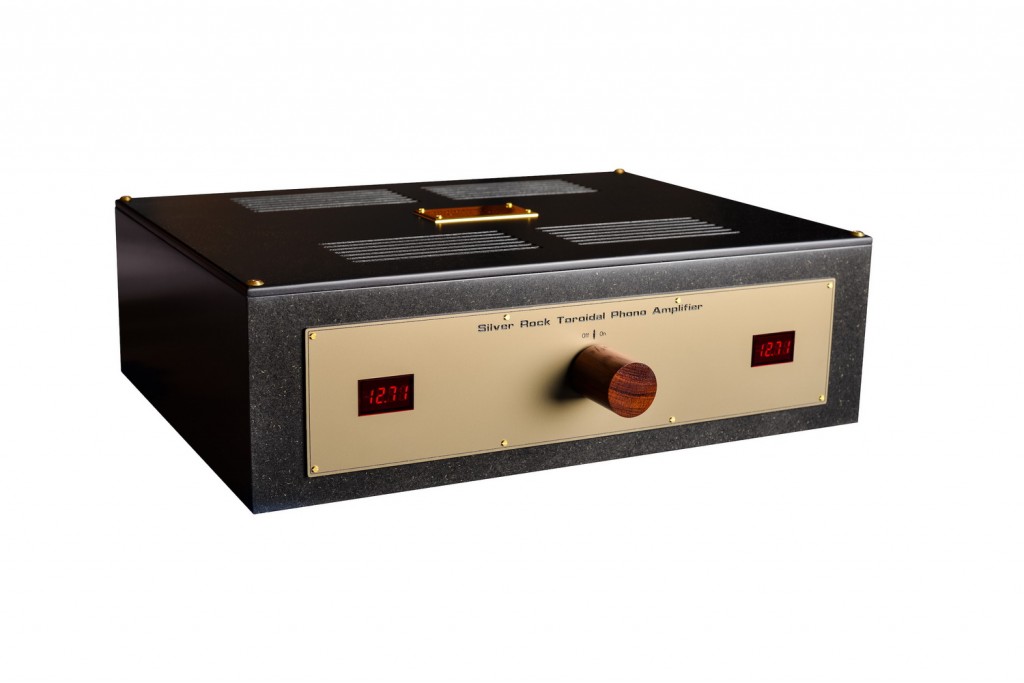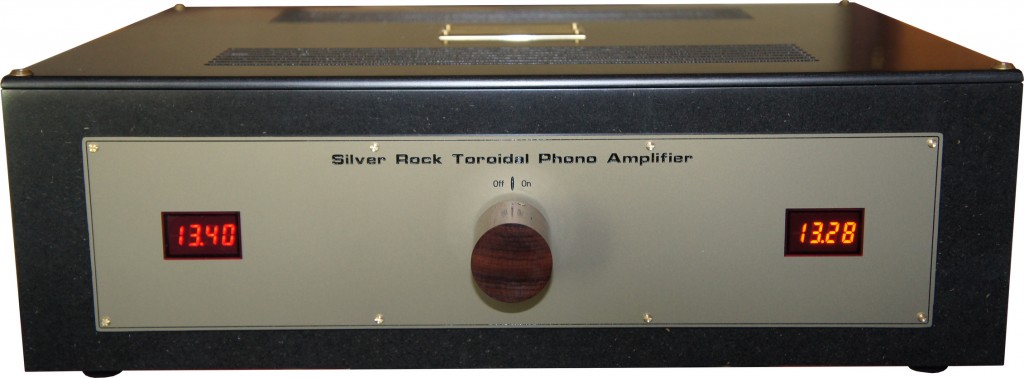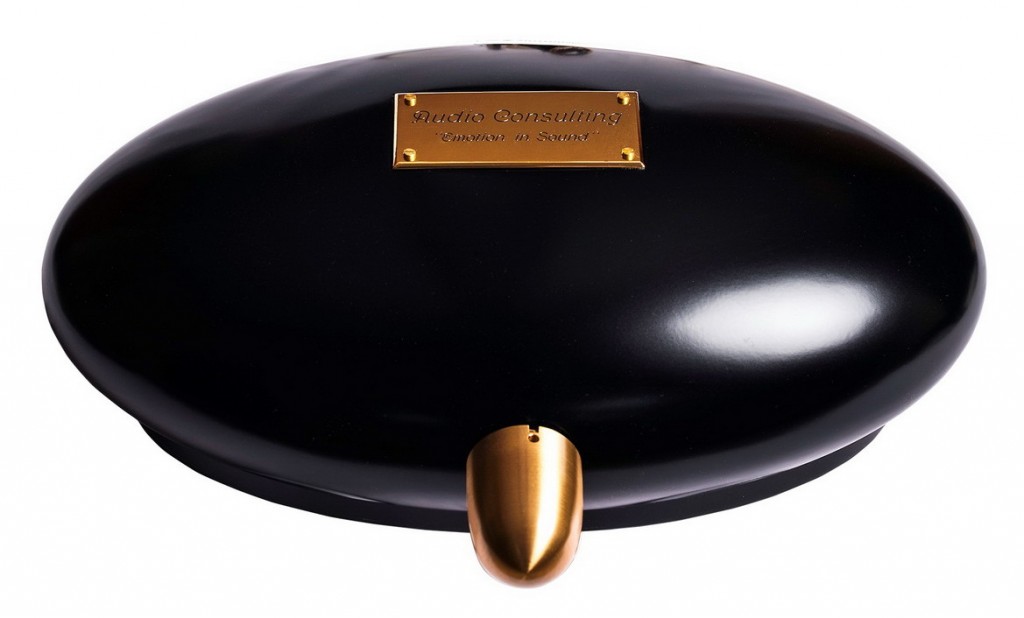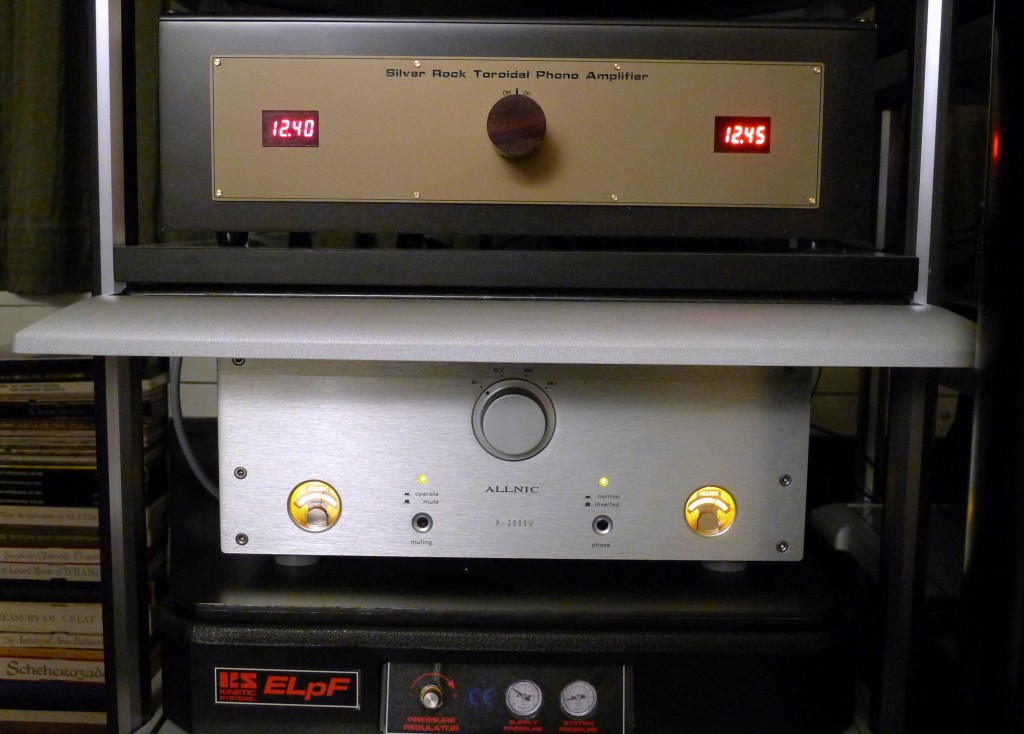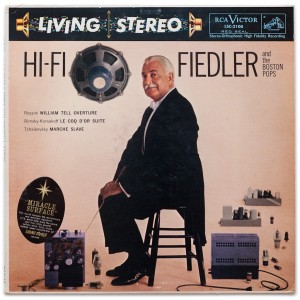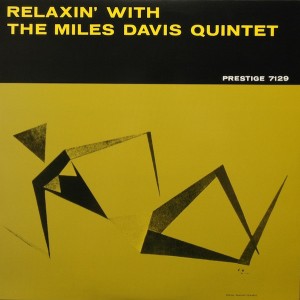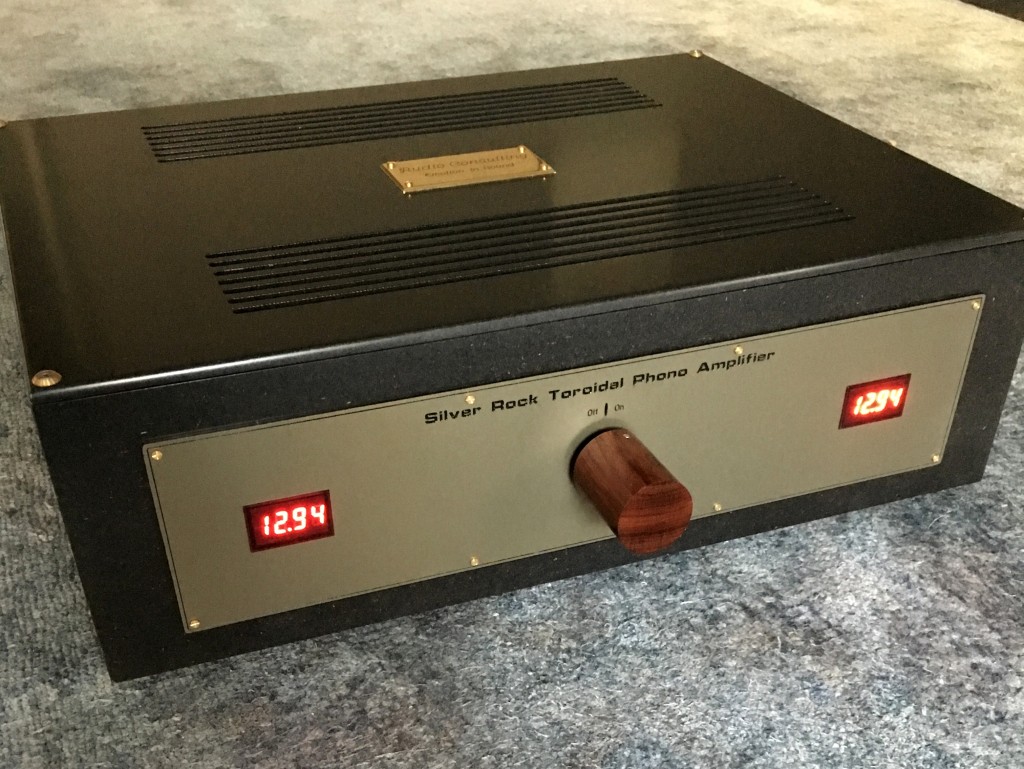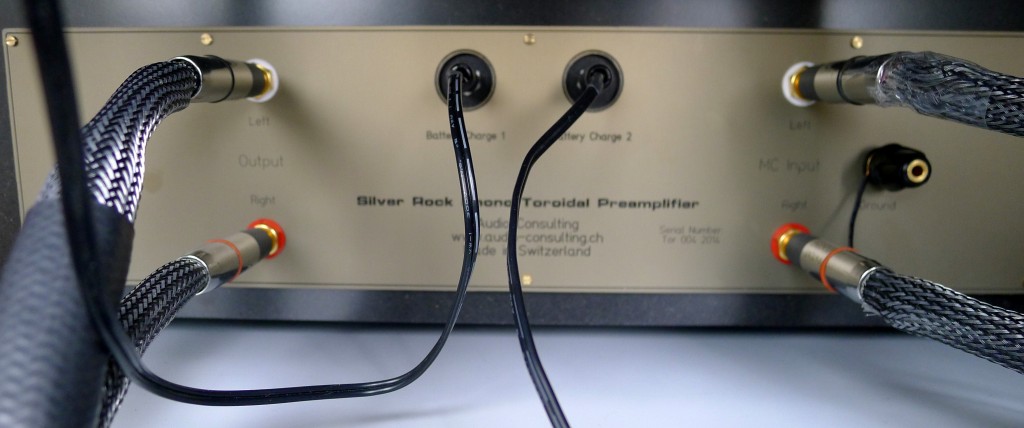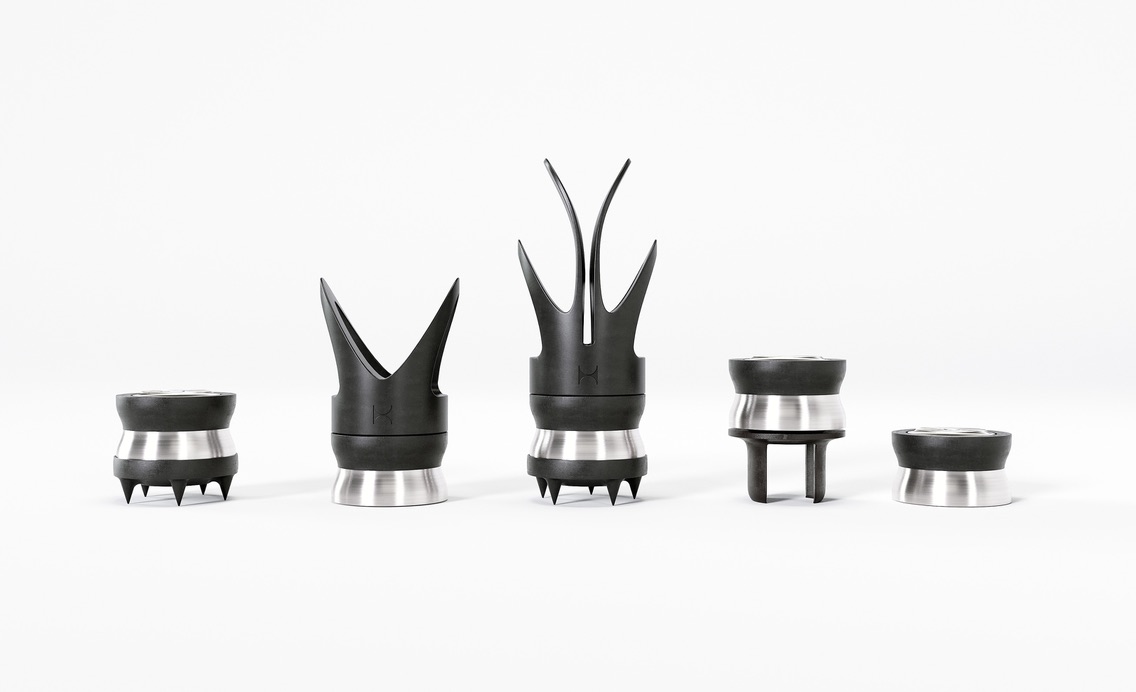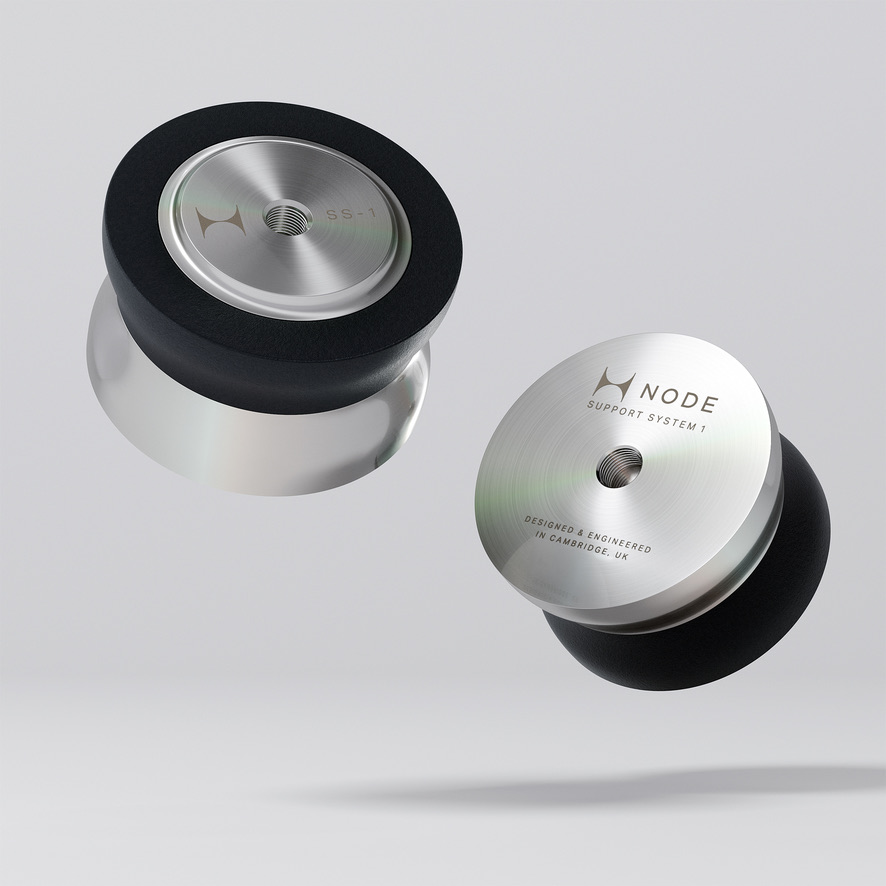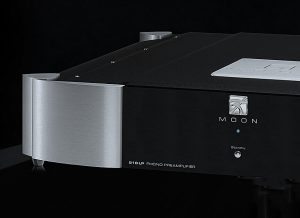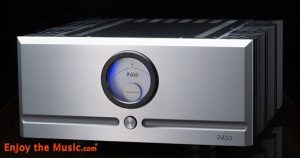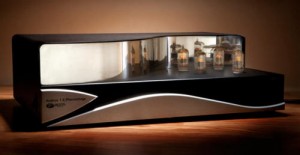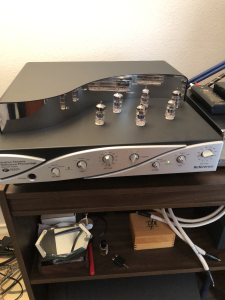There are times when High End audio puts me in mind of the ancient Greek myth of Sisyphus. Condemned to an eternity of boulder rolling, he slowly pushed it uphill. Then, when the pinnacle was in sight, he watched helplessly, as it rolled back down and the cycle would begin anew. The ending is foretold: there is none.
So it seems whenever I make a significant improvement in my system some laggard component is exposed elsewhere—the next candidate for upgrade comes into view—and the cycle begins anew. Call it the audio treadmill or collateral upgrade (depends on who's doing the calling). But like the myth of Sisyphus, the ending is foretold: there is none.
Back when the CH Precision D1 and C1 digital components landed on my floor, for a long stretch that was all I wanted to hear. But flying high with digital soon turned into neglect of analog. Admittedly, I got a nudge in that direction when I had to return the Vitus SP-102 Phono Stage to the manufacturer. Although I still find lots to like in my reference Allnic H-3000V Phono Preamp, it no longer elevates my endorphins like having the Vitus SP-102. Hence, I found myself lining up phono preamps for review. This was around the time I first made acquaintance with the Silver Rock Toroidal Phono Amplifier from Audio Consulting.
Silver Rock Toroidal Phono Amplifier
In 2014, the Silver Rock phono stage and the accompanying Meteor AVC preamp paid a short visit to Nack Labs. Over the course of two weeks they created a formidable impression on everyone passing through the listening room. This gear had my panel agog. The phono stage, in particular, was so iconoclastic—and so superior to anything else—I was caught up short. I gave each a Writers Choice Award.
Silver Rock Meteor Preamp
The Silver Rock phono stage returned for a longer visit and, same as last year, heads are agog, collateral damage has set in, and now it's digital's turn on the bench.
The AC and Allnic
Soundstaging
The best analog front-ends recreate the event in one of two ways. Some transport you to a virtual space outside of your room that we imagine is the recording venue, what I refer to as "the magic carpet ride." Others bring the musicians to you, somehow managing to cram them between your speakers.
The AC Silver Rock doesn't fit either of these models. It does not transport you there; it doesn't bring them here. Rather, it gives the impression that every itty-bitty factoid traced by the stylus and sent down the wire is accounted for. And, because the AC preserves the integrity of the cues, correct relationships and perspectives are maintained. A convincing illusion is built up of an integral space: The world encoded in the LP.
Curiously, this world decoded from the LP grooves conjures up a visual analogy of a domestic fish tank populated with inexpensive small fry. Numerous little creatures dart here and there, front to back. Each creature is a minor event in the aquarium and what transpires in there is quite apart from what's happening in the rest of the room. It is its own little world.
In this analogy, the fish are obviously the instruments; the tank is akin to the AC's soundstage. Just as there are many lives playing out in the tank, so each instrument or musical line has a life. Like the aquarium, the AC soundstage is integral, self-contained, a virtual world apart from what's unfolding around it in my living room.
The illusion achieves maximum potency with Golden Age orchestral recordings, like HI-FI FIEDLER (RCA LSC-2100). Back in 1958, the pioneering engineers of stereo didn't have the means to screw things up. When left to their own devices, their microphones captured correct relationships and perspectives. It's on the LP. The job of playback gear is to: 1) resolve it and 2) do no harm.
The only time I have encountered a machine succeeding on both counts was with the Ypsilon VPS 100 Phono. That phono stage created the most extreme 3D magic I have heard in audio. The Ypsilon left an indelible, lasting impression, and now the AC is creating an equally powerful illusion. The soundstage created by these two phono stages is quite unlike other phono preamps. You feel very close to the source: you're getting all the grooves can give.
Dynamic Range
But in other respects the AC pulls ahead.
There's only so much information you can store on an LP side rotating at 33 1/3 RPM. The medium has physical limitations, which necessitate compromises that cause distortions, as anyone who owns a turntable will attest. Signal peaks, the points of greatest saturation, present a severe challenge. The compromises are most damaging there. This has always been the case.
Let's talk about dynamic range. I found this quote on Steve Hoffman's website. (He is a well-known and well-respected recording engineer.) It strikes me as reasonably accurate on the subject.
The maximum dynamic range we can put on a vinyl record is around 60dB.
CD (16bit), on the other hand, can achieve 96dB dynamic range.
The dynamic range of human hearing is roughly 140dB.
Just a quick sidebar, I bet if you measured the dynamic range of heavy-weight vinyl reissues you'd see expanded range and even more so with 45 RPM reissues. Would it measure up to CD? Interesting question.
Yet confusion on this point persists, spread by doubters on the web. They claim they don't hear reduced dynamic range; some even claim that analog bests digital. Really, I don't know what they're smoking. The web makes it easy to spread falsehoods; the burden of persuasion then jumps to debunking and making the case with facts.
The AC plays games with those assumptions. I don't know how, but feed this battery-powered, solid-state device a quality LP played on a good 'table, and you'll hear dynamic swells that give digital a run for the money. When I played my first reference LP, I sat amazed when the sound inflated alarmingly, beyond reasonableness, as the orchestra swelled to a crescendo. The expansion was eye-popping for analog—rivaling digital. Timbre, tone, spatial location and stage dimensions: all stayed pure with no loss of quality, no sense of constriction—the ultimate display of composure under stress.
Tone and Timbre
More delights were in store.
I put on a choice mono, Relaxin' With The Miles Davis Quintet (Prestige 7129, original pressing). With fingers snapping, accompanied by off-key whistling, panel-mate George exclaimed, "That's great, man! Look at me—I can't sit still. The drums are perfect; I can tell he's using a Turkish cymbal. This phono stage discourages discussion… The evening went from being an audio session [with a competing phono stage] to a music session."
The piano got what it needed; the trumpet got what it needed. It doesn't sound lush or beautiful, like a classic, single-ended, tube device. Each instrument got the full allotment of body and overtones to sound fulfilled without overdoing it.
Upon hearing the AC's skillful blend of highs, mids, and lows, most listeners' involuntary reaction is to start oohing and ahhing. The effect was predictable: play an LP through the AC and small talk ceases, the panel stops gossiping. As Jonathan put it, that's because the music is more interesting than the conversation.
Lynn says, "It doesn't sound digital. It doesn't sound analog. It's something else, like a melding of the best of both. Even with that density in the soundstage, you can still hear each instrument at work."
The Shape of the Note
What's more, each note got what it needed. Once again, panel mate Sheldon came up with a key insight that was right on the money. "The decay is very natural; so is the transient. Actually, all three parts of the note—attack, sustain, decay—are equally excellent. Now, that's something you don't encounter every day." Correct: very good components get one part right; to get all three perfect is remarkable.
Audio Consulting's History
Audio Consulting's products are as iconoclastic in appearance as they are distinctive in engineering. How does it get that sound?
Poking around the website didn't turn up any engineering secrets. What little I could find was interesting, but not extraordinary, from a design point of view. The technologies and custom parts employed are proprietary. Yes, it uses LCR type of RIAA equalization. In my experience, machines incorporating LCR equalization are specialists in what I call musical flow. They get the musicians to relate to each other so they appear to be in the same performance space and time zone. My Allnic H-3000V incorporates LCR and has this naturalistic quality. But it doesn't sound like the AC.
The Silver Rock Toroidal Phono reflects Audio Consulting's roots as a purist line. It is ultra-purist by design. Other than a large wooden On/Off switch, there are no controls. The unit has one set of input RCAs, and one set of output RCAs. Loading and gain are automatically set, with gain maxing out at a very comfortable 70dB. That's enough to handle even ultra-low output cartridges without a step up device.
The unit is battery powered: this means you need a routine. At the beginning of a listening session, make sure you unplug the two pins that charge the unit. Even though it is battery powered, it sounds best completely disconnected from the wall. You will hear the difference. I gave it about an hour with signal before serious listening. (If you have the patience, it's even better after three LP sides.) When you shut down for the night, put the plugs back in to let it recharge.
The battery charge lasts for days, obviating the need to charge frequently. (Don't let the battery strength indicated by the numerical display on the front drop below 12.6-12.7.)
I didn't experiment with third-party footers, iso platforms, etc. The sound was so good, it didn't occur to me to tweak it. There was no need.
Meteor Upgrades
All Audio Consulting products are customizable to user specifications. The unit I had on hand came in the standard Silver Rock chassis and incorporated a lot of the upgrades of the more expensive Meteor model.
From an email from the importer:
In the Meteor series all toroidal magnetic parts are hand coiled using silk ribbons and organic bees wax as isolation materials. The resistors for the R-L time constants in the RIAA crossover network are made of silver.
Conclusion
The Swiss manufacturer Audio Consulting likes to keep a low profile, so you may not have heard of them. They make very high-end products that are as iconoclastic in appearance as they are distinctive in engineering. But nearly all of my visitors agreed: the Silver Rock Toroidal Phono Amplifier has an intoxicating mix of qualities.
With the Audio Consulting Phono Amplifier, it's not so much that you imagine you are transported to the recording venue, as that you feel uncanny intimacy with the modulations in the grooves. It is convincing that every last factoid sent along by the stylus is available in the presentation. As such, it speaks the truth of the grooves: You are not missing out on anything.
The AC's voice is revelatory and I wanted to explore all it had to offer. The extent of this was not revealed immediately because the machine's small footprint allowed each label to sound distinct. It took time and many LPs from various labels and vintages to gauge what it could do.
With links to the past in its naturalism and aspects of contemporary in its dynamics and resolution—it bears little resemblance to modern digital. If, like me, you have preconceived notions of battery powered phono stages, I ask you to please leave them at the door. The Silver Rock annihilates the stereotype and resides in a class of its own.
If you can afford it, there's no need to look further.
Silver Rock Toroidal Phono Amplifier
Retail: $34,975
Configured with Meteor Upgrades: Inquire with importer for pricing
Audio Consulting
www.audio-consulting.ch
Importer information
Audioarts




